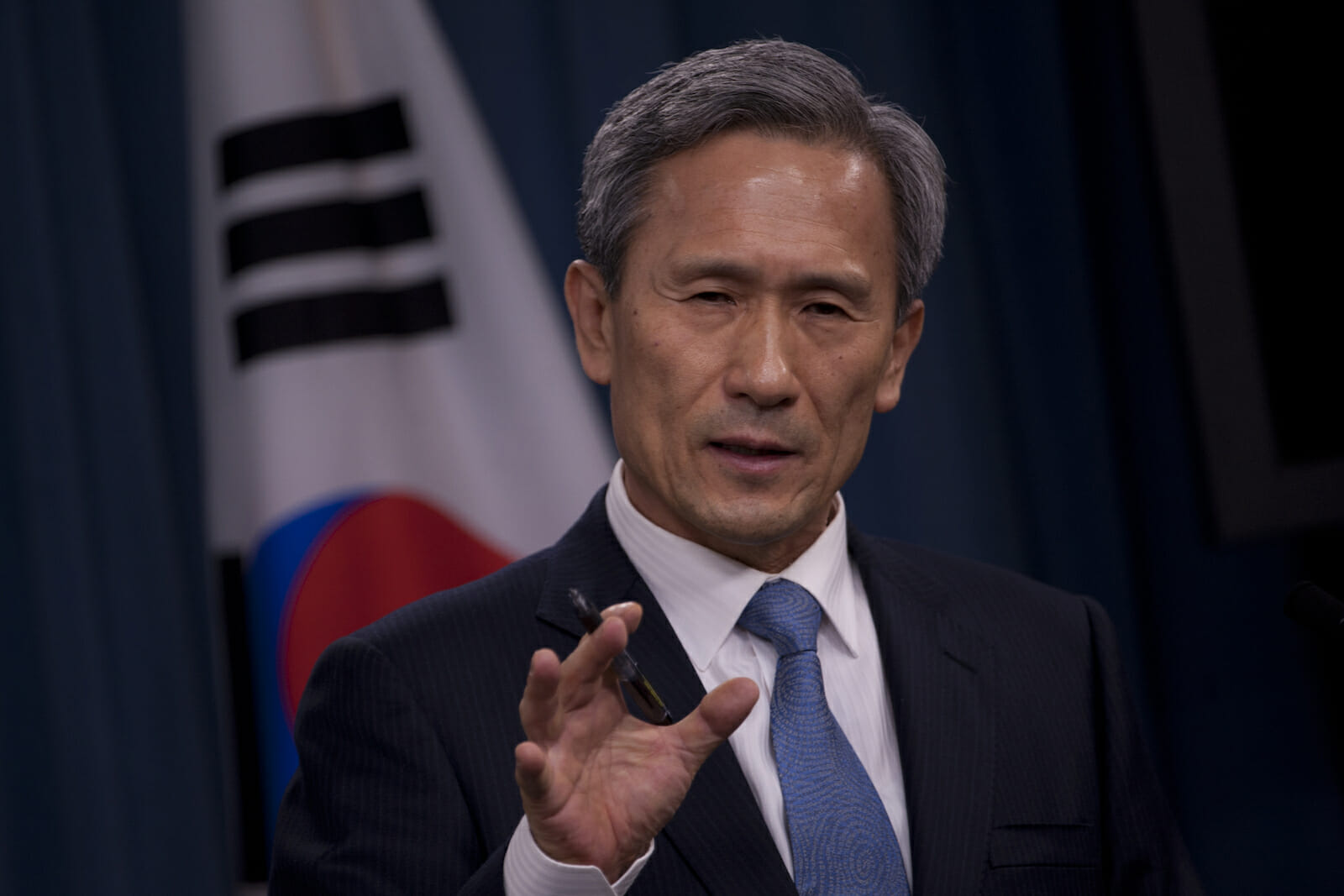
China, South Korean Energy Competition
South Korean conglomerate and energy giant, the SK Group, in the past few days has made moves to gain a stronger foothold in China’s energy transportation market, in particular in China Gas Holdings. China Gas Holdings is a major player in China’s natural gas pipeline and infrastructure industry and is especially active in the liquefied petroleum gas markets.
Last month, China Gas Holdings rejected a $2.2 billion purchase bid by Chinese state owned China Petroleum & Chemical Corporation (Sinopec) and ENN Energy Holdings for all its shares, stating that offer was undervalued.
In addition to Beijing’s peaked interest in China Gas Holdings, last month Germany’s Deutsche Bank increased its shares by 165 million in the company, raising its holdings from 3.56% to 7.31%. And so on Thursday, the SK Group threw down the gauntlet when its subsidiary, SK E&S, announced that it would spend $103.5 million to increase its shares to 10.9% in China Gas Holdings. Combined with the shares of another sister subsidiary, SK Gas, the SK Group’s combined shares in China Gas Holdings would be 15.4%.
The South Korean company explained its share purchases as an effort to “expand our presence in China’s fast-growing urban gas sector and create synergy with our liquid natural gas business.”
This tug-of-war over China Gas Holdings arrives on the heels of another tussle between different Chinese and South Korean energy giants over the purchase of a French engineering company Gaztransport & Technigaz (GTT). Whoever purchases GTT would gain a crucial technological and production advantage in the lucrative liquefied natural gas (LNG) market.
South Korean companies Daewoo Shipbuilding & Marine Engineering, Hyundai Heavy Industries, and Samsung Heavy Industries have come together and are considering a $1.27 billion bid for the French firm. The fight for GTT is part of a larger struggle between China and South Korea over dominance in the shipping market. In recent years, China has managed to elbow out South Korea as the leading exporter of standard bulk ships and oil tankers.
However, in the more advanced LNG carrier vessel market, South Korea still holds the technological advantage and 90% of the LNG market. LNG, much like LPG, is the conversion of natural gas (or petroleum) into liquid form, which provides easy transportation and storage. Especially for markets, which have no access to pipelines, LNG is an economic and efficient vehicle of importing energy. In 2011, the global demand for LNG was reported to have increased by 12%.
According to the world’s largest shipping hedge fund, Tufton Oceanic, returns on LNG vessels are expected to overtake those of conventional oil and coal transport in 2012. And so the Daewoo-Hyundai-Samsung tripartite purchase of GTT would be a significant move in keeping at bay China’s growing attempts to break into the South Korean dominated LNG market.
For both China and South Korea, involvement in the energy transportation market is not only commercial endeavor but is a matter of national security. China’s seemingly endless appetite for energy has resulted with Beijing making aggressive moves to acquire more ownership in the import and transportation of its fuel. As for South Korea, being surrounded by water and a hostile northern neighbor, maintaining a steady and affordable stream of oil and gas is essential for the world’s 15th largest economy, which imports 97% of its energy needs.
Still, despite competition in this high stakes game of business and national security, Beijing and Seoul have managed to keep their competition non-political and just strictly business. For Seoul, China remains as South Korea’s largest trading partner and a source of major investment capital. And for the time being, Beijing still can benefit immensely from South Korea’s technological knowhow for various sectors of its growing economy. Furthermore, headline issues such as North Korea and its nuclear weapons program have all but made it necessary for Seoul to forge close ties with Beijing.
And while this sort of relationship has allowed Chinese companies to compete openly with South Korean counterparts, void of political reprisal, it has also allowed Seoul to do the same. One has to only look at the renewable energy industry to see that the “business is business” attitude has allowed Seoul to elbow itself into a market currently dominated by China.
Just today, thirty of South Korea’s largest companies pledged to create 120,000 new jobs in the green energy sector and the government committed its support in helping private companies reach these goals. Last month, at the behest of the government, 13 South Korean utilities companies announced it would increase the use of renewable energy in electricity generation. This comes as a part of larger move by Seoul to increase its world markets shares in wind and solar energy to 15% by 2015. And in November of last year, South Korean electricity utility giant Kepco was commissioned to lead a massive $9 billion dollar offshore wind farm investment project, which aimed to position South Korea’s global presence in the wind energy technology business.
As for whether this “healthy” energy competition between these two countries will eventually yield a winner remains unclear. However, what is clear is that in a global economy where many governments have made substantial cuts in new industries investments, China and South Korea have placed their bets and capital on what they foresee in the highly profitable LNG and renewable energy markets.

